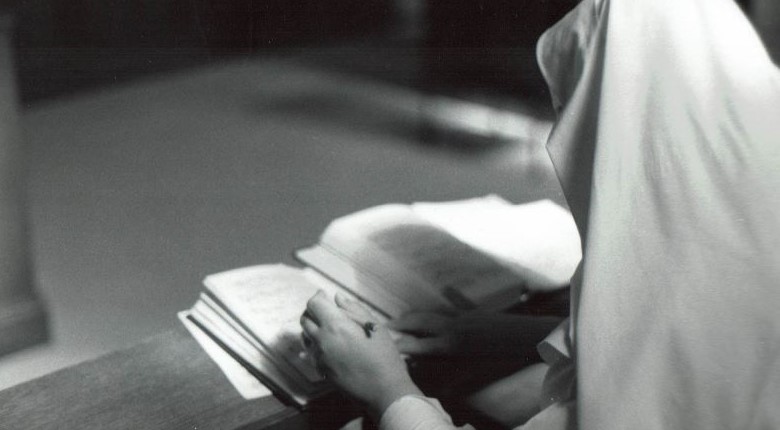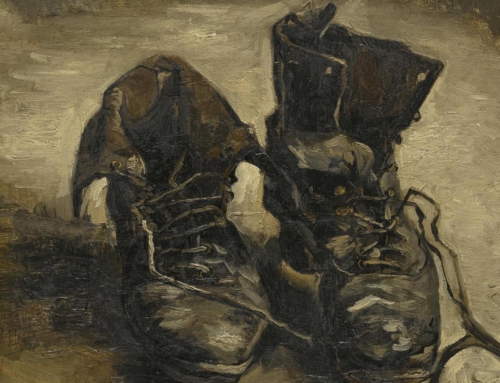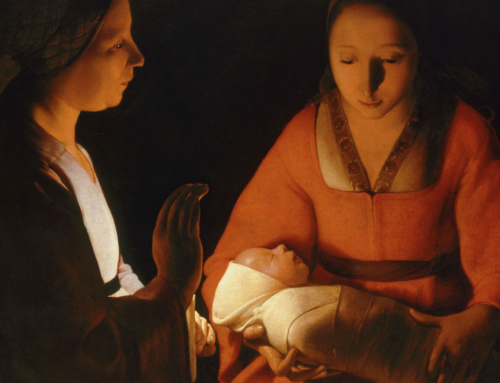If you don’t understand cloistered nuns, you don’t understand reality.
Their lives, perhaps, seem to be a waste. Cloistered nuns have no career, no children, no travels, no wealth. A few leave writings or art, but the vast majority leave nothing tangible behind. They do not teach, they do not run soup kitchens, they do not care for orphans nor do they provide for widows. Rather, they do something better. They contemplate God.
“The Christian life,” Jordan Aumann, O.P, tells us, “is the interior life of grace, with charity its principal act” (“Christian Life on Earth and in Heaven”). Grace makes Christians godly. By grace, God becomes present in our souls, and through charity, we act in a godly manner out of love of him. Some actions express love of God more perfectly than others. The loving contemplation of God is the highest act of charity. It fulfills the first and greatest commandment God gives us: “You shall love the Lord, your God, with all your heart, with all your soul, and with all your mind” (Matt 22:37). The heart, mind, and soul are united in love of God through contemplation. Far from being a waste, the life of a nun is exalted because it is defined by contemplation itself.
Contemplation is our highest intellectual act; it is a judgment whereby our minds perceive and enjoy truth. When a nun contemplates God and his works, she “sits” with the truth she has grasped from the liturgy, her study, and her meditation. The varied elements of her monastic life all serve to aid her mind’s grasp of God. By contemplation, she knows the goodness of God intimately, and she adores him in love with all her heart, with all her soul, and with all her mind. Her time is well spent.
The great contemplative theologian Hugh of St. Victor describes the soul’s discovery of contemplation as akin to encountering a vista:
Being somehow raised above itself, [the soul] sees as from a distance what one may call a land of light and a new country, such as it does not remember ever having seen before, and never thought existed. Beholding this, a man is filled with wonder, and for joy at the light he now has he condemns the darkness of his previous ignorance. Below him, he marvels to see himself where he lay in the depths; above him, he is amazed to see himself being raised up so high…. He strives, therefore, he puts his best foot forward, he climbs up and he grows by longing; … such a man, as he approaches heavenly things and disperses every cloud of earthly desire, becomes altogether spiritual. At last he becomes invisible to human sight as, refusing ever again to come out in search of earthly and visible things, he glories inwardly in the Lord’s hidden face. (Noah’s Moral Ark)
Contemplation enables Christians to see all things in God’s light, and thus to grasp reality in its fullness. God is good, so the order of reality is sweet. Consequently, we delight in contemplation. The one who has tasted its sweetness longs for more and comes to consider lesser things as bland. Nuns and others who embrace the contemplative life put God first by arranging their whole lives around contemplation. In so doing, they follow the example of Mary of Bethany, who “sat beside the Lord at his feet listening to him speak” (Luke 10:39) when Jesus visited her home, rather than occupying herself with toil like her sister Martha. Jesus responded to this attention by telling the family, “There is need of only one thing. Mary has chosen the better part and it will not be taken from her” (Luke 10:42).
Though God calls every Christian to some degree of contemplation, he does not call every Christian to contemplative religious orders. The body of Christ needs Christians to preach the Gospel, to raise children, to feed the hungry, to pave roads, and to do many other such worthy activities besides. Christians who do such deeds under grace and out of love for God find in them their path to holiness and accomplish great good. But we err if we consider such activities the summit of Christian love. When we value contemplation, we give first place to the love of God. In so doing, we understand cloistered nuns and, with them, reality.
✠
Image: Photo from “75 Years of Lectio Divina” (used with permission)







